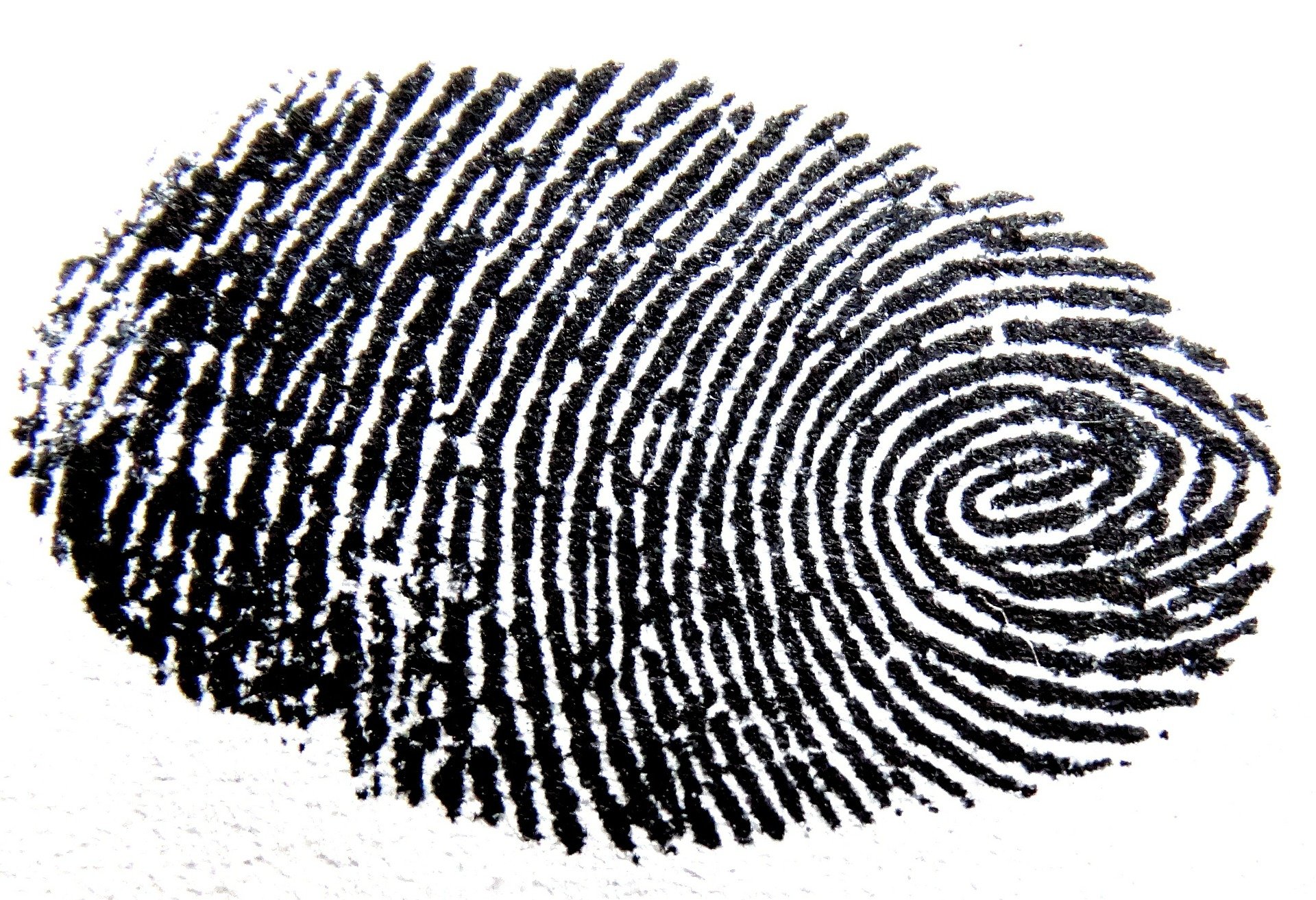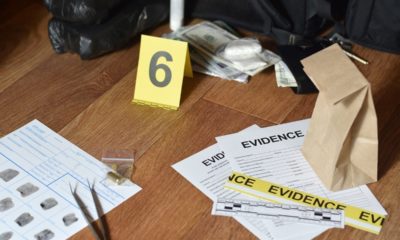News
The Silent Witness: Why Fingerprints Still Crack Cases in a High-Tech World

In a world obsessed with DNA and surveillance tech, fingerprints remain the humble hero of forensics.
While sci-fi-level tools like facial recognition and genetic sequencing steal the headlines, the trusty fingerprint is still doing the quiet work of solving South Africa’s most complex crimes. And according to experts, it’s not going anywhere anytime soon.
More Than Just a Smudge on Glass
At crime scenes across Gauteng, investigators still reach for aluminium powder or magnetic dust before they tap into DNA databases. That’s because fingerprints, those oily, invisible patterns we leave on everything from steering wheels to teacups—are often the first, and sometimes only, clues left behind.
“People think it’s like CSI,” said one forensic officer who recently demonstrated the technique to The Citizen. “But real-life forensics is messy, and each surface behaves differently. A fingerprint on cardboard is nothing like one on a car dashboard.”
Even seasoned detectives are often surprised by the complexity. Fingerprint residue contains fatty acids, amino acids, sodium chloride (salt), and other organic materials. These prints might be invisible to the naked eye, but with the right powders or lighting tricks, they speak volumes.
From Dragon’s Blood to Gold Dust
The science has evolved. Forget just black powder on white surfaces—investigators now work with a cocktail of specialty compounds.
-
Aluminium powder: Best for dark surfaces
-
Magnetic powder: Perfect for vertical or delicate materials
-
Dragon’s Blood: A rare compound used on bamboo and similar porous surfaces
-
Gold dust: Yes, real gold, to reveal prints on leaves and packaging
The selection isn’t just aesthetic. It’s about matching the chemical properties of the print to the surface, which might be fabric, metal, glass, or even a tree leaf.
Crime Scene Conditions Matter
But even the most advanced powder won’t save a print that’s been trampled by emergency responders or scorched in sunlight. Heat, time, humidity, and even cleaning products can all erase the trace.
In some cases, experts use heat to bring out faint ridges, waving a lighter under paper like an old-school magician revealing a secret message. And in darkened labs, special lighting or lasers help find the faintest whorls on pillowcases and plastic.
High-Tech Meets Old School
Make no mistake, technology has improved the fingerprint game. Automated fingerprint identification systems (AFIS) can now scan and match hundreds of thousands of prints in minutes. A match that once took weeks can now land in a detective’s inbox in hours.
In one headline-grabbing case in Canada, forensic teams identified a fingerprint that had sat, undisturbed, for over 30 years in a remote cabin. The evidence helped reopen a cold case.
That kind of result reminds experts why they still believe in the fingerprint, even in the age of AI and biometrics.
Why It Still Matters in South Africa
With South Africa’s high crime rate and overloaded police force, fingerprints offer a practical and cost-effective way to get results. Not every station has access to DNA sequencing labs, but most have the tools to dust and lift a print.
And in court, a clear fingerprint match can be a damning piece of evidence, often holding more weight than testimony.
The Human Story Behind the Science
“A fingerprint doesn’t just say someone was there,” the forensic officer noted. “It can show how they touched something, how long ago, and what they might have done.”
Each smudge holds a story. Was the person rushing? Calm? Wearing gloves? Were they the first to touch that item, or the last?
In the end, fingerprinting isn’t just about the science. It’s about building a timeline, drawing connections, and above all, finding justice.
In the digital age, where every click and movement is tracked, the most revealing clue at a crime scene might still be something ancient and analog: a fingerprint. A silent witness, waiting to be heard.
{Source: The Citizen}
Follow Joburg ETC on Facebook, Twitter , TikTok and Instagram
For more News in Johannesburg, visit joburgetc.com



























